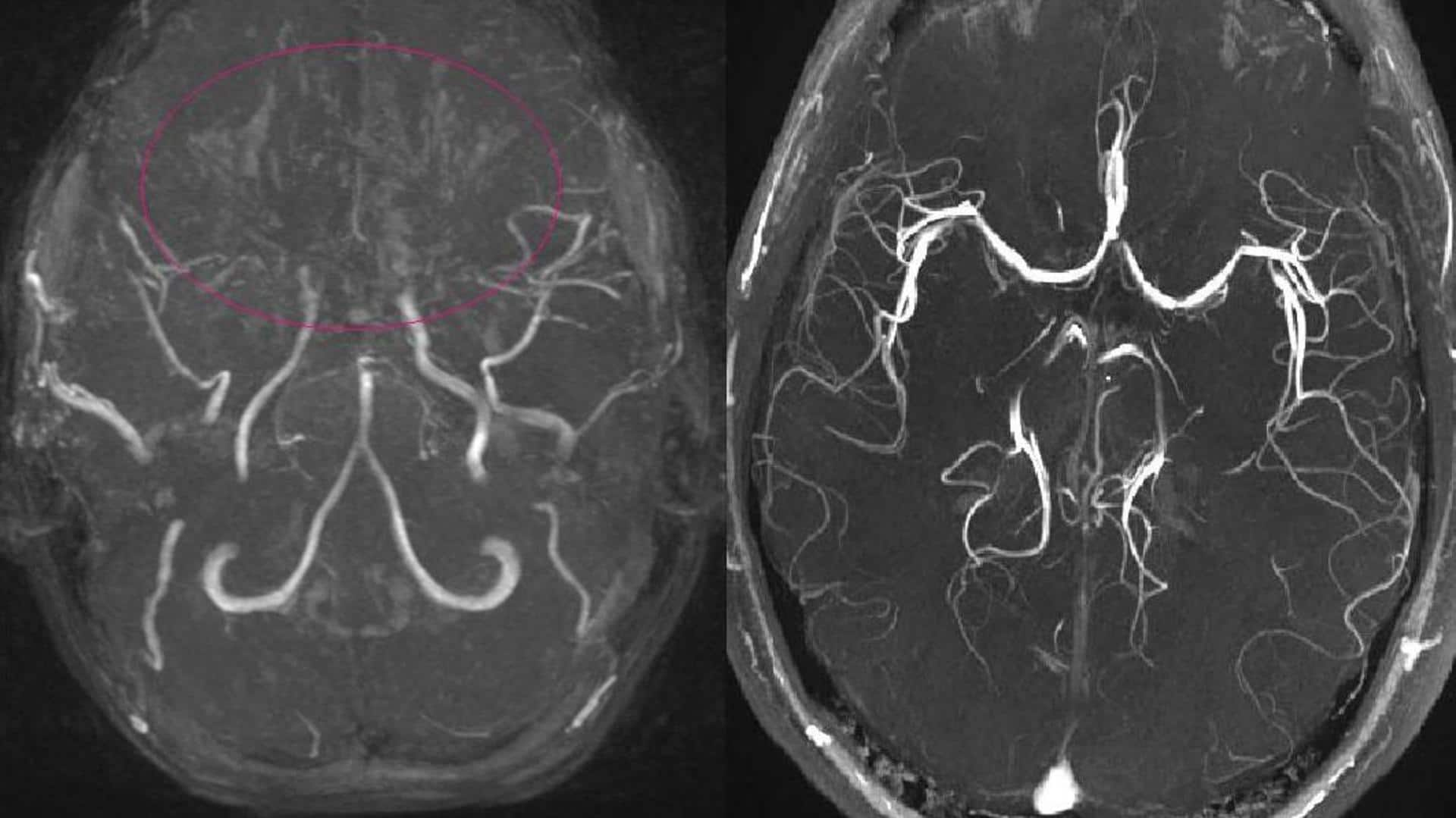
What is Moyamoya? Understanding this rare medical condition
What's the story
Fans of The Good Doctor will know this! In one of the episodes (Season 6, Episode 14 ) Dr. Alex Park treats a three-year-old boy who suffered a stroke. It later turned out the kid had Moyamoya disease, a rare blood vessel disorder. Although rare, this condition has become increasingly important in the medical community due to its severity and complexity.
Moyamoya
What is Moyamoya disease?
Moyamoya disease is a rare, progressive disorder that affects the blood vessels in the brain. It happens when certain arteries at the base of the brain, in an area called the basal ganglia, get blocked. First identified in Japan in the 1960s, "Moyamoya" means "puff of smoke" in Japanese and refers to tangled vessels compensating for blockage.
Rarity
Risk factors
Moyamoya disease is more common in individuals with East Asian heritage, especially Koreans and Japanese. It slightly affects women and girls more than men and boys. Having a close blood relative with the condition increases the risk by 30 to 40 times. It affects 10.5 out of 100,000 people in Japan and 16.1 out of 100,000 people in South Korea, as per recent studies.
Signs
Symptoms
In children aged five to 10 years, the first symptom is typically a stroke or ministroke. Adults, between 30 and 50 years old, may experience strokes, ministrokes, or bleeding in the brain (hemorrhagic stroke). Common symptoms at any age are difficulties with speaking or understanding (aphasia), cognitive delays, frequent headaches, involuntary movements, paralysis on one side of the body, seizures, and vision problems.
Life expectancy
How long can one live with Moyamoya disease?
The prognosis for people with this rare blood vessel disorder greatly relies on early diagnosis and quick surgical intervention. If patients receive timely treatment, they can expect to have a normal life expectancy. However, if the disease is not treated, it may worsen over time, leading to cognitive and neurological problems due to repeated strokes or brain bleeding.
Treatment
Treatment
Moyamoya disease can be treated with surgery or medications. Surgery, specifically revascularization procedures, aims to improve blood flow to the brain by opening narrowed blood vessels or creating bypasses for blocked vessels. Antiseizure medications may be prescribed for those who experience seizures, blood thinners help reduce the risk of stroke, and calcium channel blockers alleviate headaches and symptoms related to ministroke.